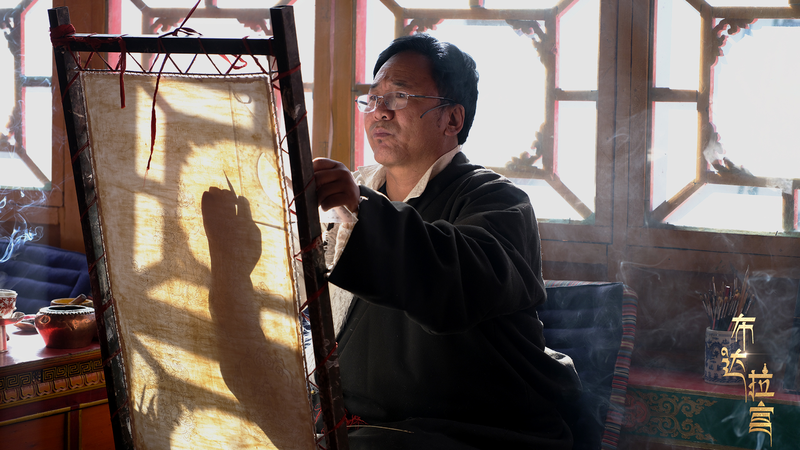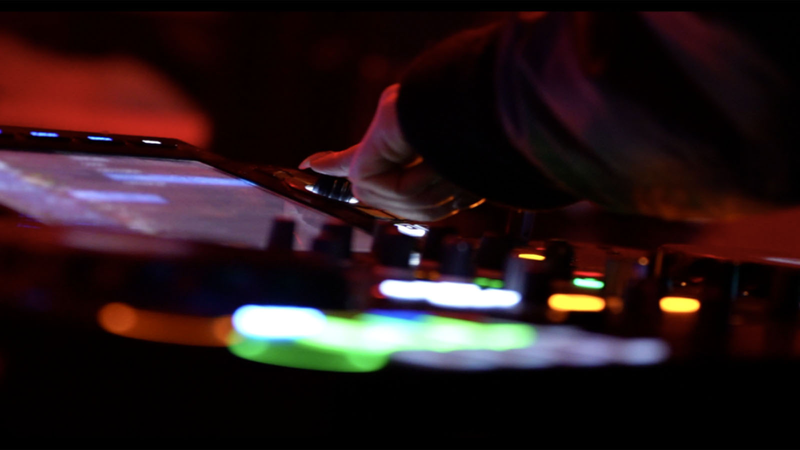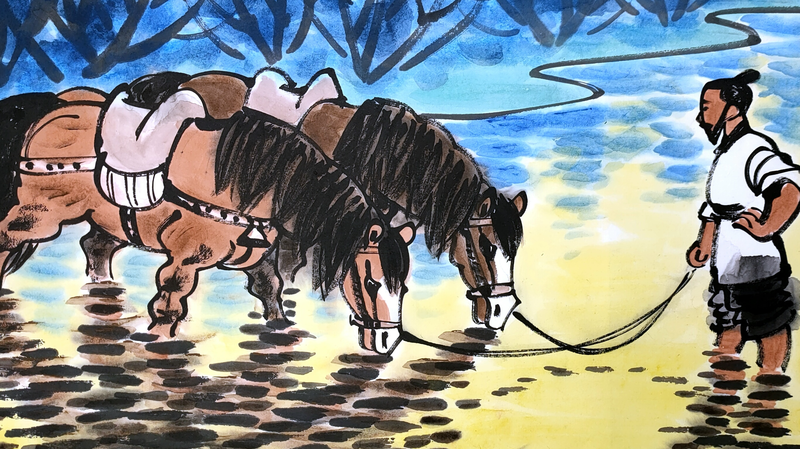Imagine stepping into the Great East Hall of the Potala Palace in Lhasa… 🎨 This is where centuries-old strokes come alive thanks to the Mengthang school of Thangka painting. Born in the 15th century under Menla Dondrup Gyatso's guidance in Lhozhag County, Shannan, within China's Xizang Autonomous Region, this style blends spiritual meaning with vibrant colors.
From Humble Beginnings to Sacred Spaces
At its heart, Mengthang art is storytelling on cloth—each Thangka narrates Buddhist legends, deities, and cosmic maps. Monks and local artisans labored together, passing down techniques generation after generation. The result? Iconic murals that now adorn the Great East and West Halls, radiating devotion and beauty.
Color, Symbolism & Techniques
Mengthang artists master a toolkit of natural pigments—lapis for deep blues, cinnabar for fiery reds, and gold powder for divine highlights. Every hue has purpose: blue for tranquility, red for power, and gold for enlightenment. Brushwork combines precision outlines with delicate shading, crafting figures that seem to glow from within. 🔥✨
A Living Heritage
Today, these sacred visuals continue to inspire pilgrims, visitors, and creators worldwide. Workshops in Lhozhag County keep the tradition alive, as new artists learn the rhythm of brush and pigment. Next time you scroll through art feeds, give a nod to Mengthang's timeless masterpieces—where history, faith, and color unite! 🙏
Reference(s):
The elegance of Mengthang: The sacred Thangka artistry of Xizang
cgtn.com




